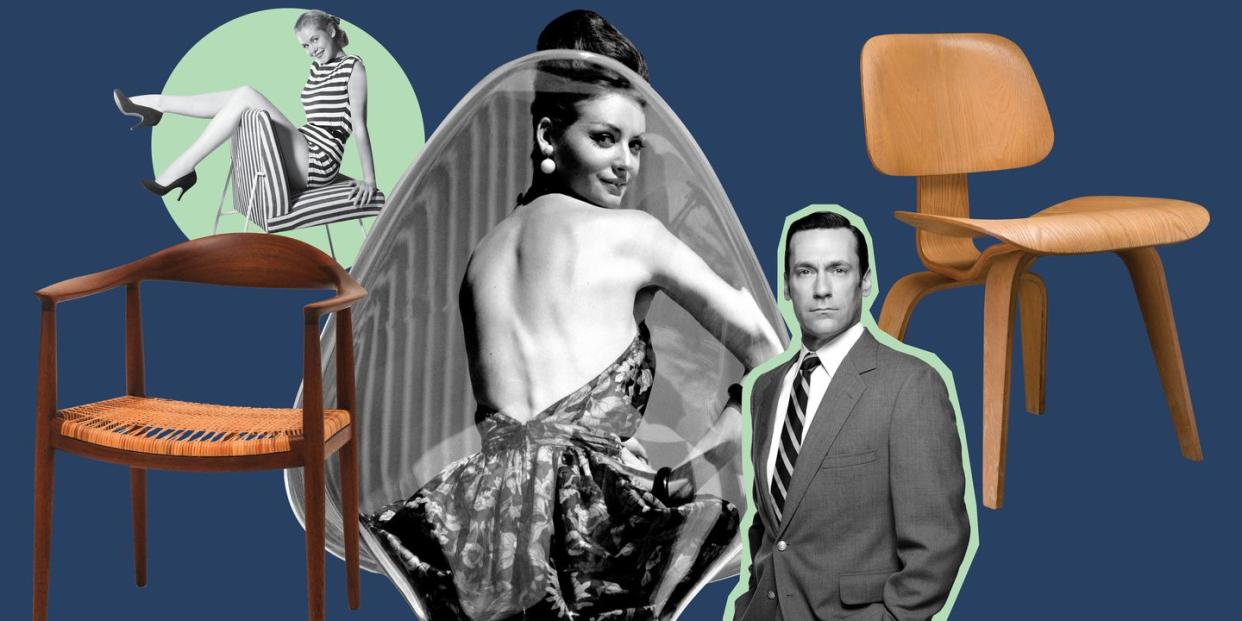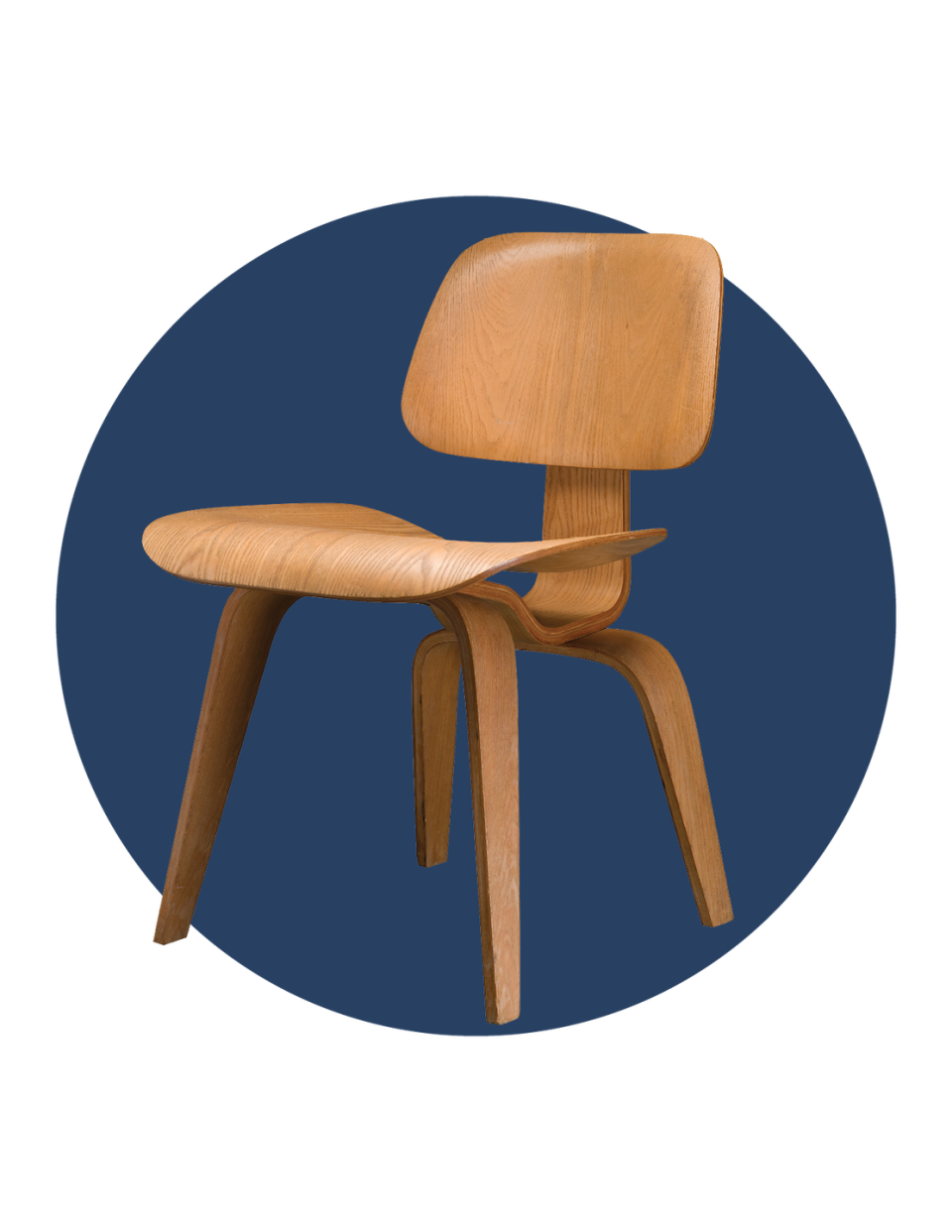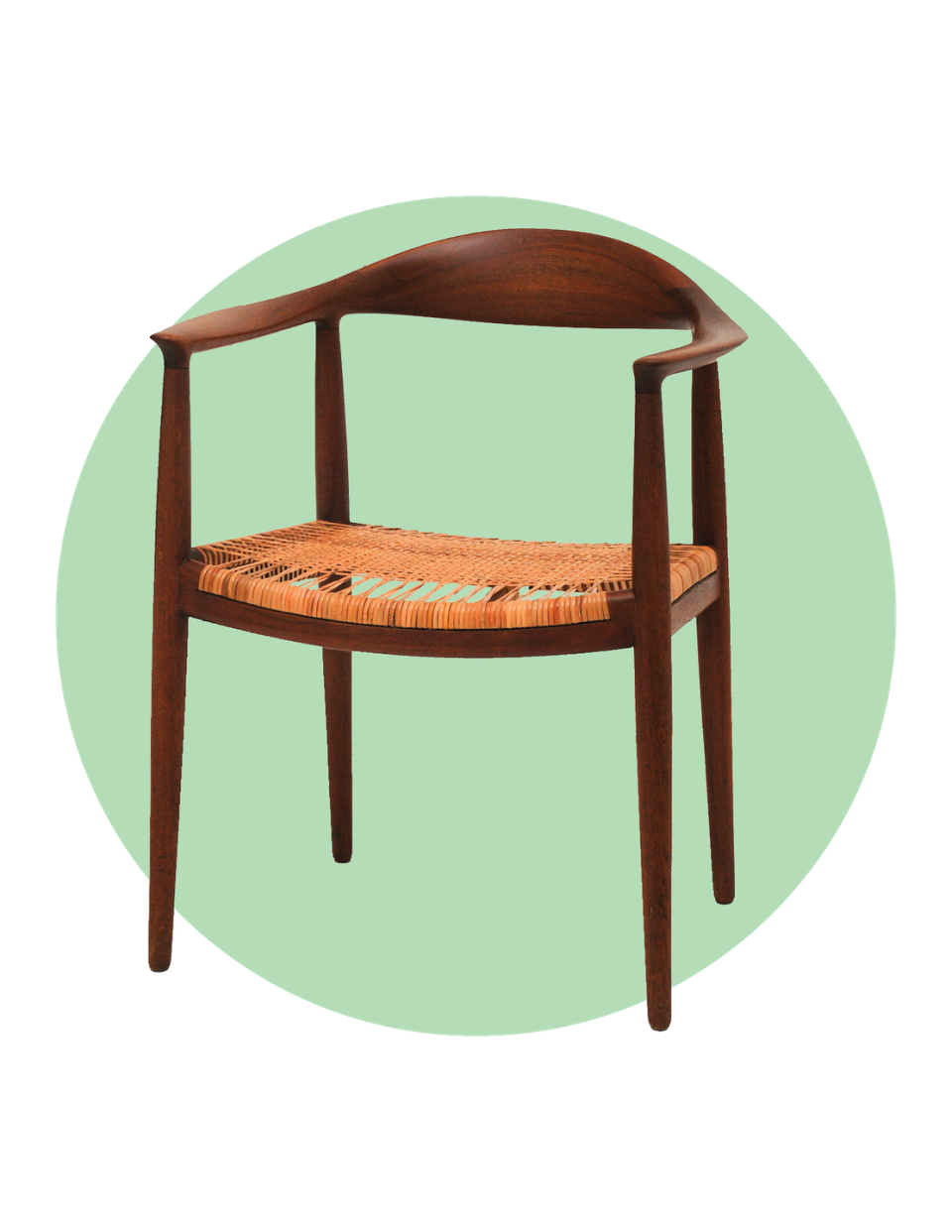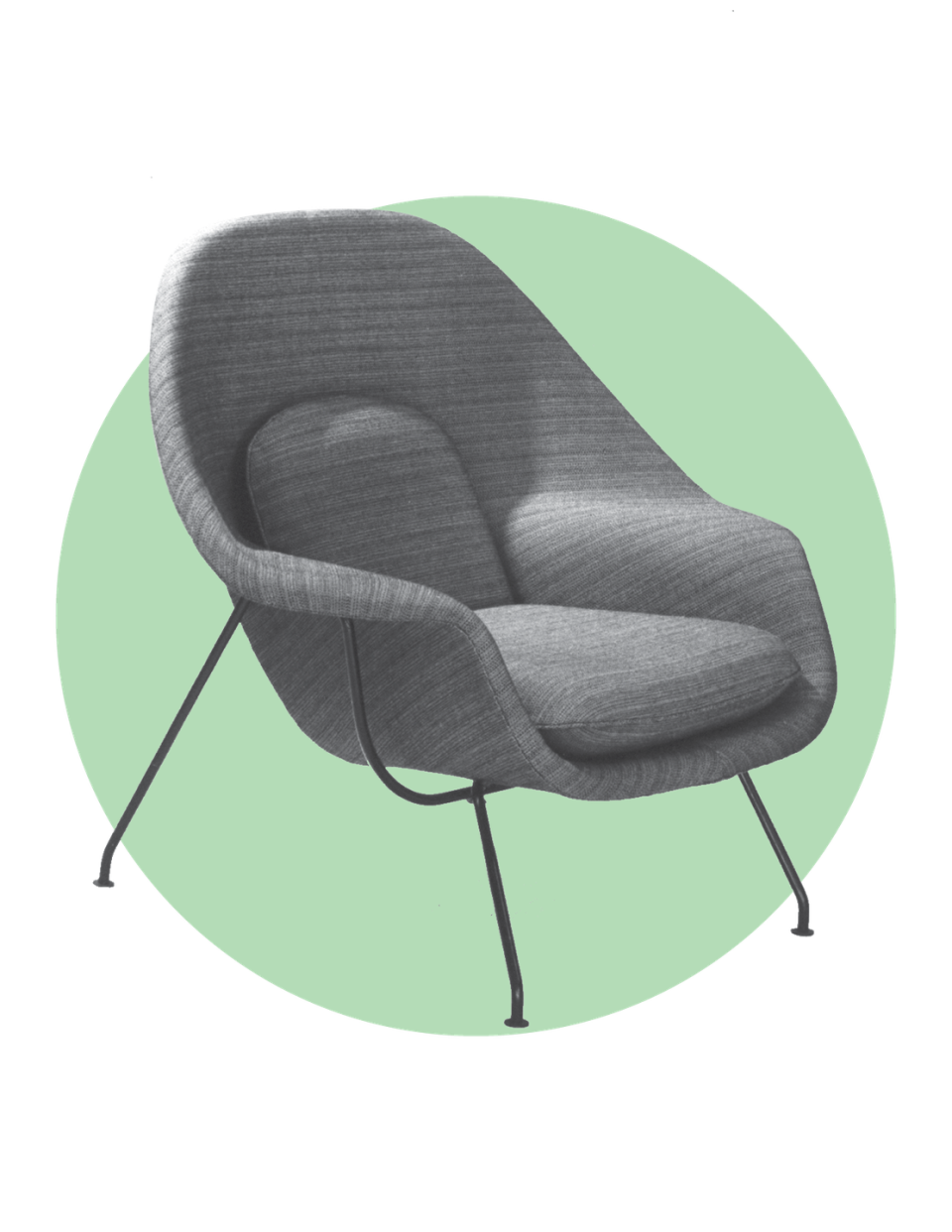Is the Midcentury Modernism Obsession Finally Over?

Since the turn of the millennium, it has reigned supreme as the most notable, requested, identifiable style of interior design. It spurned think pieces like Why Is the World Obsessed with Midcentury Modern Interior Design? As the finale of Mad Men coincided with the rise of Instagram, it seemed every "cool" interior boasted that ubiquitous Eames chair, a low-slung sofa, and a teak sideboard. When the furniture industry saw its own burst of Direct to Consumer brands, they tended to offer a familiar look, all clean lines, low silhouettes, warm woods. But lately, certain events have led some of us in the office to wonder: Is the seemingly never-ending obsession with midcentury modernism nearing its end?

First, let me make one thing clear: I bear no hatred for the style. Pioneers like the Eameses, Eero Saarinen, Hans Wegner, and more forever changed the way designers conceptualize form and function together and introduced materials like plastic, plywood, and metals that had never seen furniture factories and forever changed production. Preserved modernist homes like The Glass House and Villa Savoye are treasures of design history that should be protected. My issue stands more with the more recent "inspiration" drawn from these innovations, which has mashed modernist ideas together into one bland, mass-produced style.
Last week, my colleague at House Beautiful wrote about the rise of "Grandmillennial" style, characterized by, among other things, an abundance of decorative detail, color, and pattern akin to what one might have found in one's grandmother's country home—but updated by millennials decorating their homes today. In February, Next Wave designer William Cullum made the case that the next hot design trend might just be...Victorian, in all its anti-minimalist glory. What these two takes share in common is a noticeable push away from the understated ethos of modernism and, especially, the impersonal blah of today's version of it. As Charlotte designer Catherine M. Austin puts it, "I think any time a 'look' has hit the mainstream chain retail stores and is mass produced, it has lost its allure."

A look at Google Trends data for the term "midcentury modern" shows an upward trend since the late 2000s, but a trend towards plateau after mid 2018. Could it just be that by now, most of the world knows what this style is? Or might wehave turned a corner in the ecommerce era, where all of a sudden, presented with a multitude of options (and, sure, maybe inspired by shareability on Instagram), consumers are more determined than ever to create a genuinely personal space?
"I hope to see a return to people trusting their own—and their designer’s—tastes to create original spaces that cannot be bought strictly out of a catalogue or a website," Austin says. "Ideally, a mix of items collected (both old and new) that tell the story of the people that inhabit the space."
Of course, that means due respect for the masters of Midcentury. "I hope the overuse of the style subsides, but I will always appreciate the iconic pieces by Corbusier, Eames and the other designers that were so innovative when they were created in the 1950s," Austin explains.
Washington, D.C. designer Marika Meyer predicts a move in this direction. "I do not believe that Midcentury is totally over, but I do see clients moving away from having their entire house in that vernacular," she tells House Beautiful. "Instead, we are using a number of vintage Midcentury accent pieces in our projects. Rather than an entire dining room, we may use chairs or just a bar cart or a server."
For those looking to expand their horizons, it's a great opportunity to invest in other eras of vintage furniture. "I love seeing a single Midcentury piece juxtaposed against another period when the scale and proportion are correct," Austin says. "The dynamism between the pieces makes the viewer appreciate the differences. For example, an Arco lamp in a room with fine antiques and contemporary art. It is the mix of styles that makes it interesting."

Indeed, there are plenty of other talents of the 1950s and '60s whose work didn't fit into the modernist canon, but should be just as treasured today, Meyer argues: "We always love incorporating pieces from this era that are not only influenced by Danish Modern style, but those of Kittinger or Baker, which embraced a more classic style," she says. "I have a pair of 1940's Kittinger club chairs in my living room paired with Midcentury Hickory Chair side chairs. They are not what most people think of as MCM style but give another glimpse into the great designs of that era."
And, perhaps most importantly, they play to that maxim that, no matter how trite, seems always to ring true in design: Use what you love.
Follow House Beautiful on Instagram.
You Might Also Like

